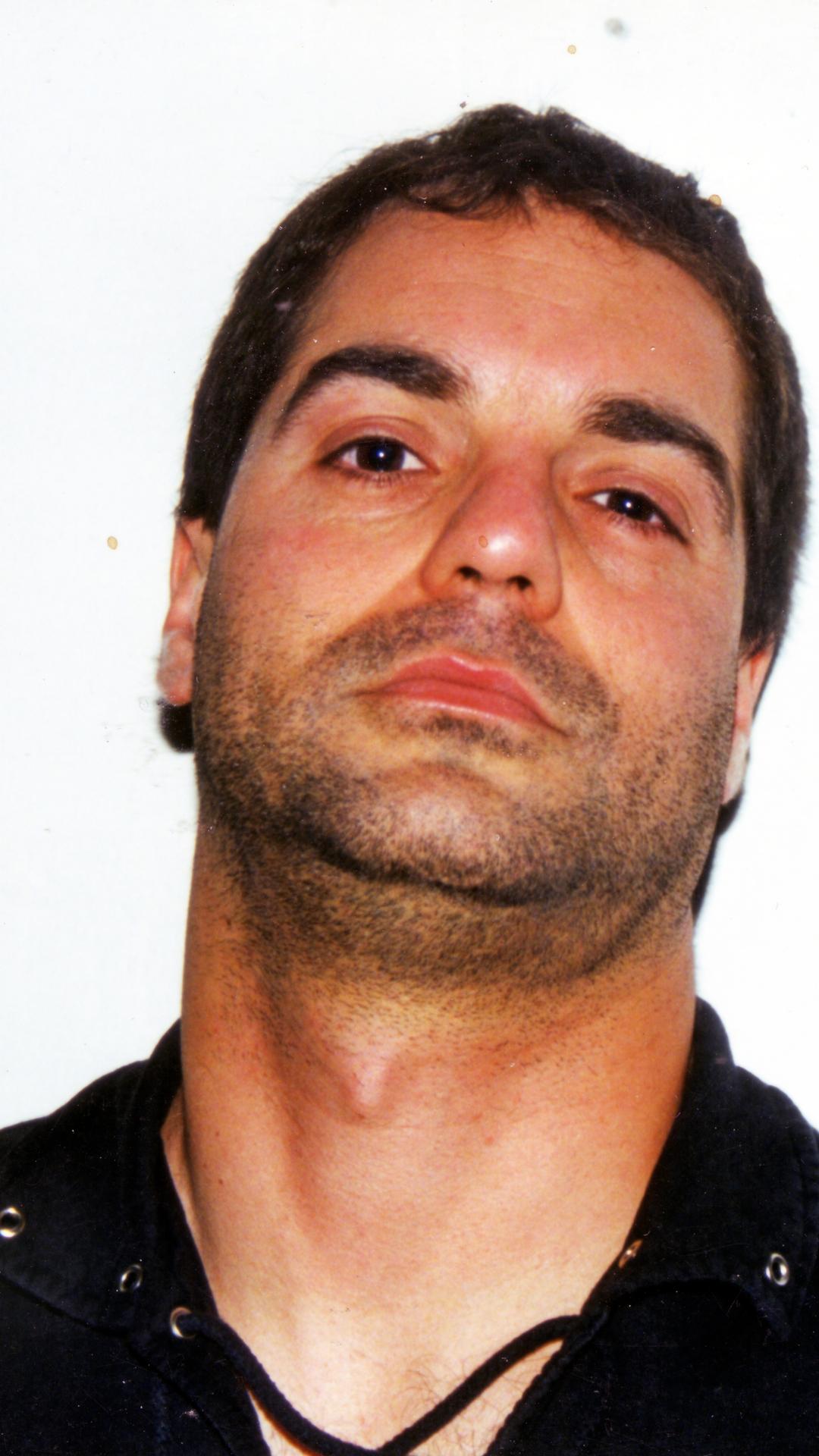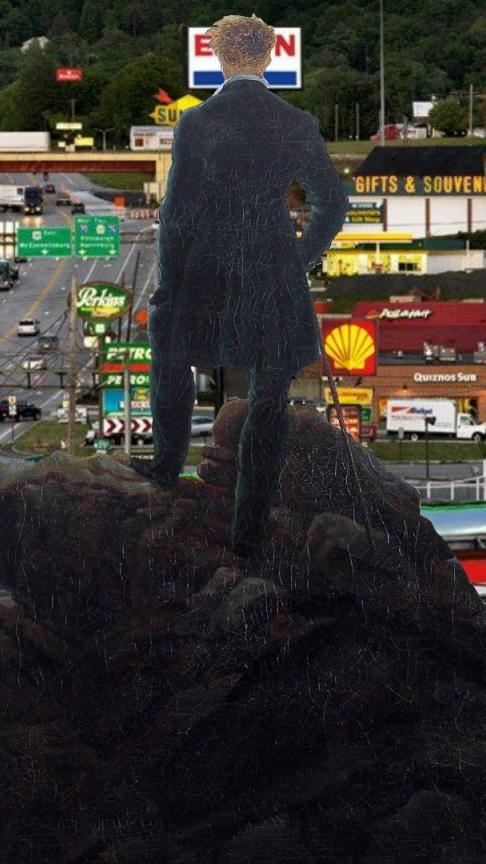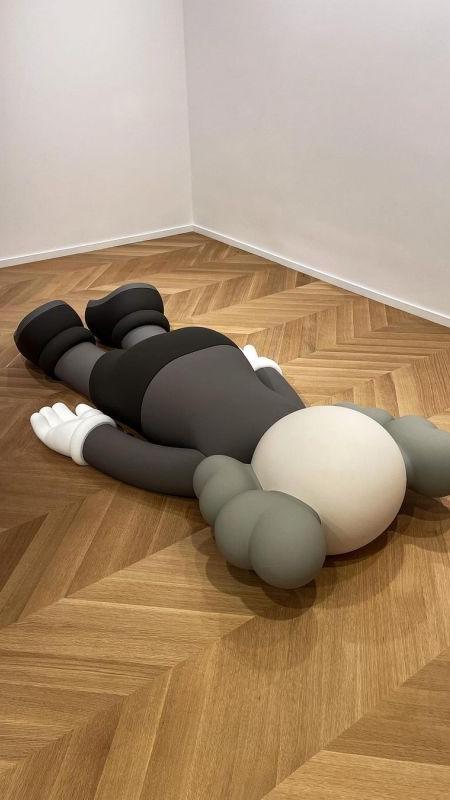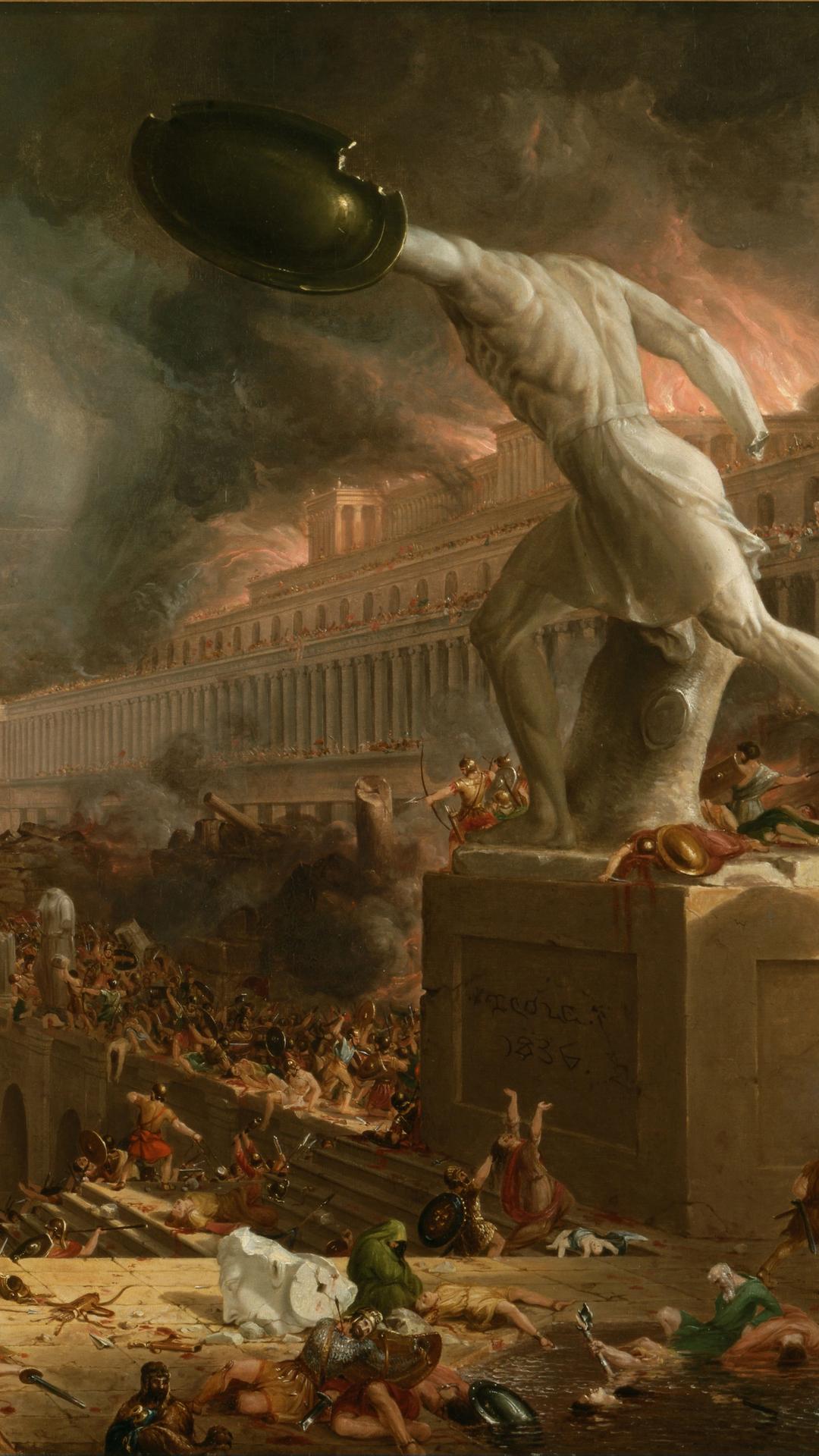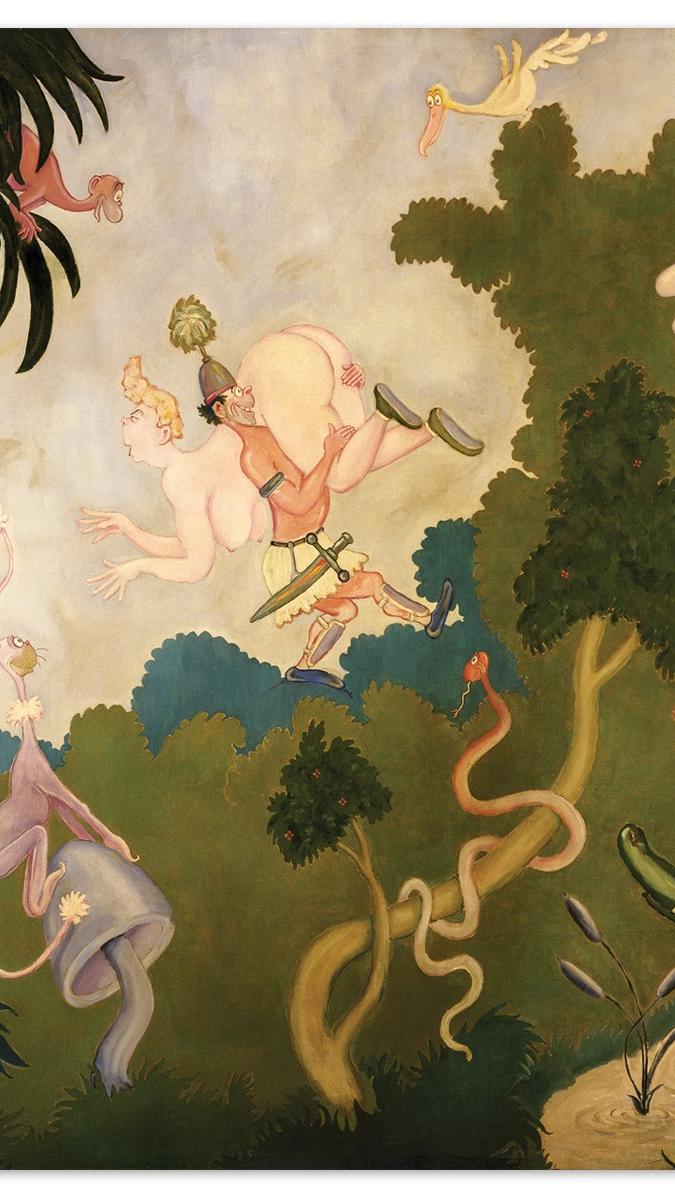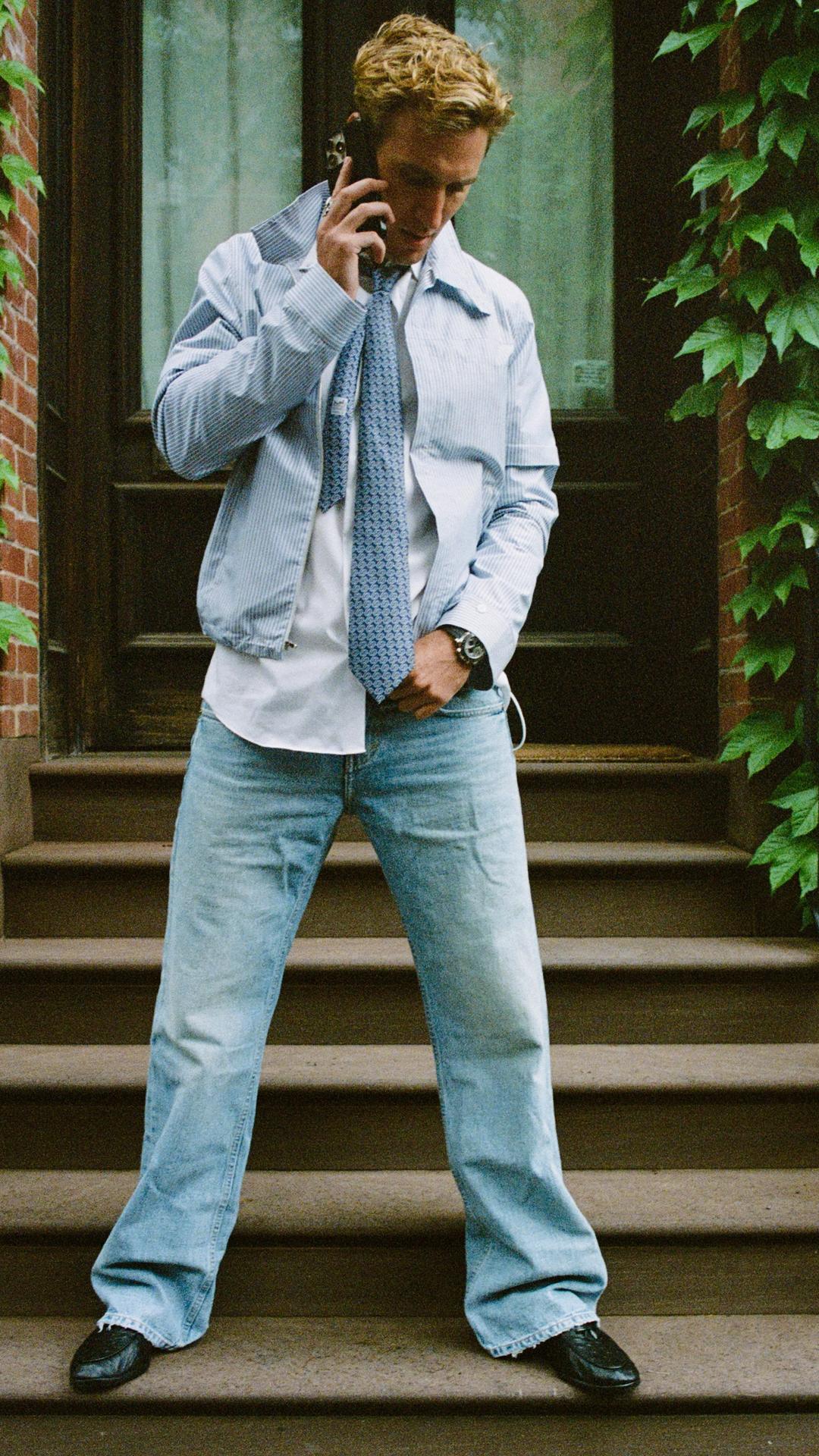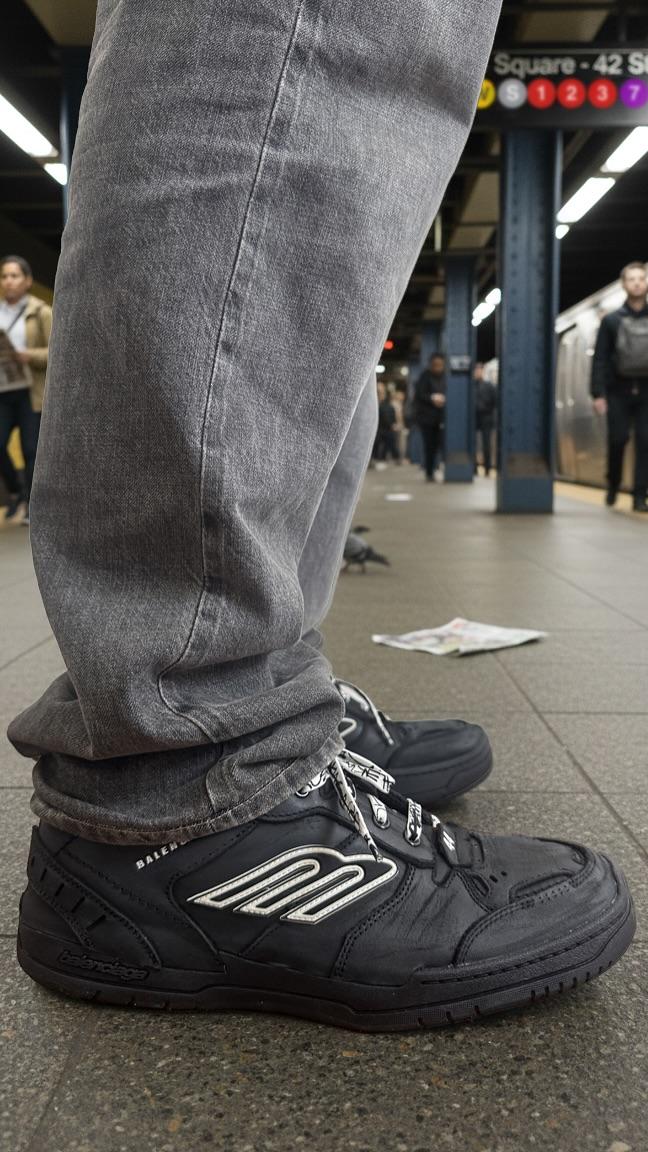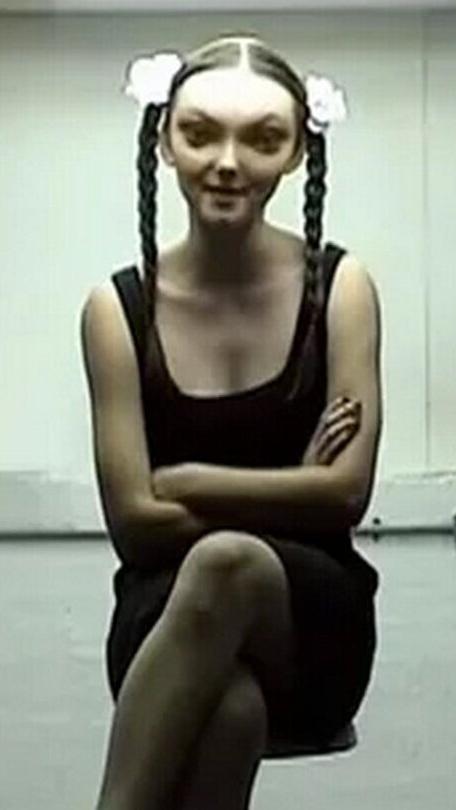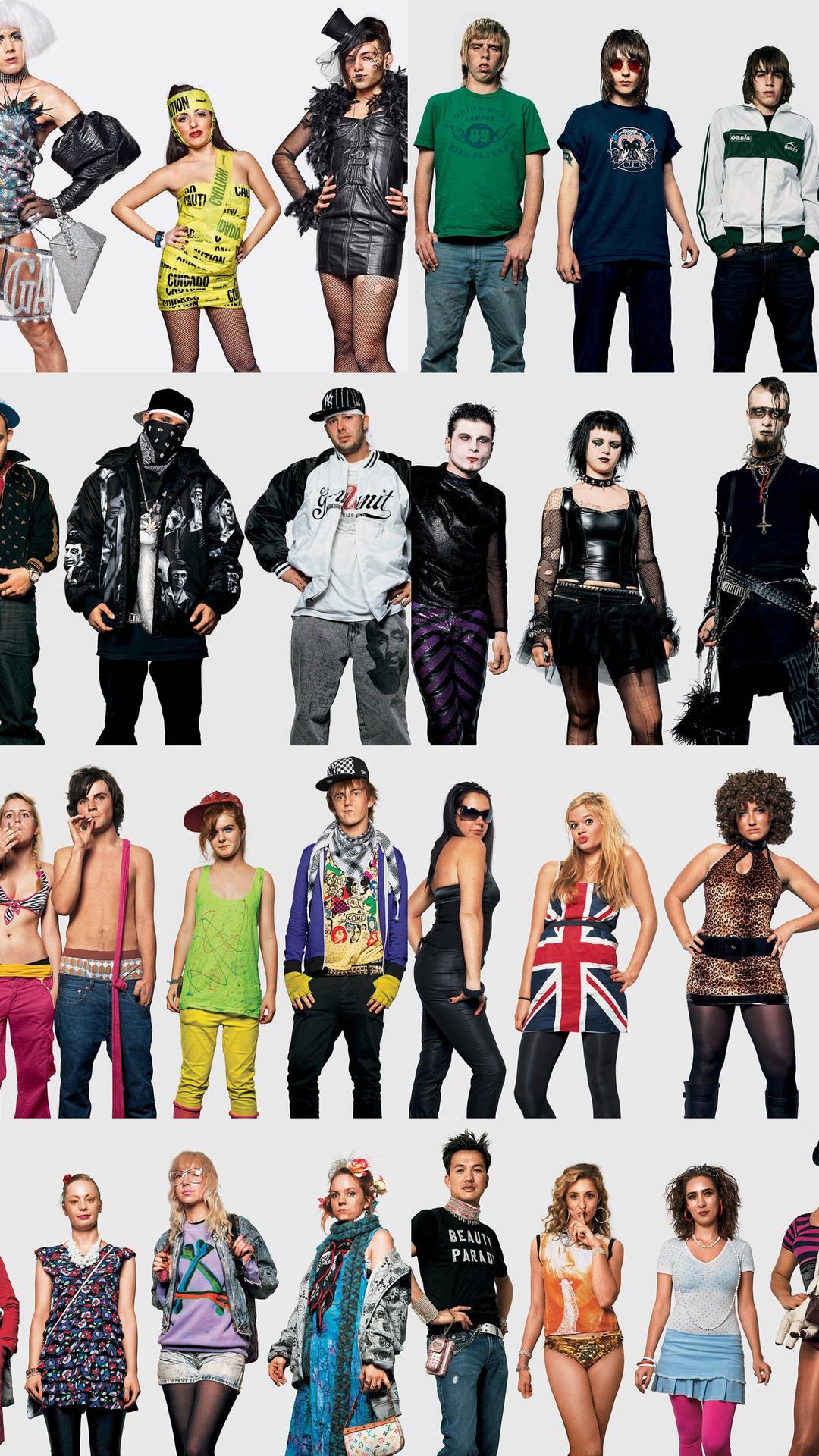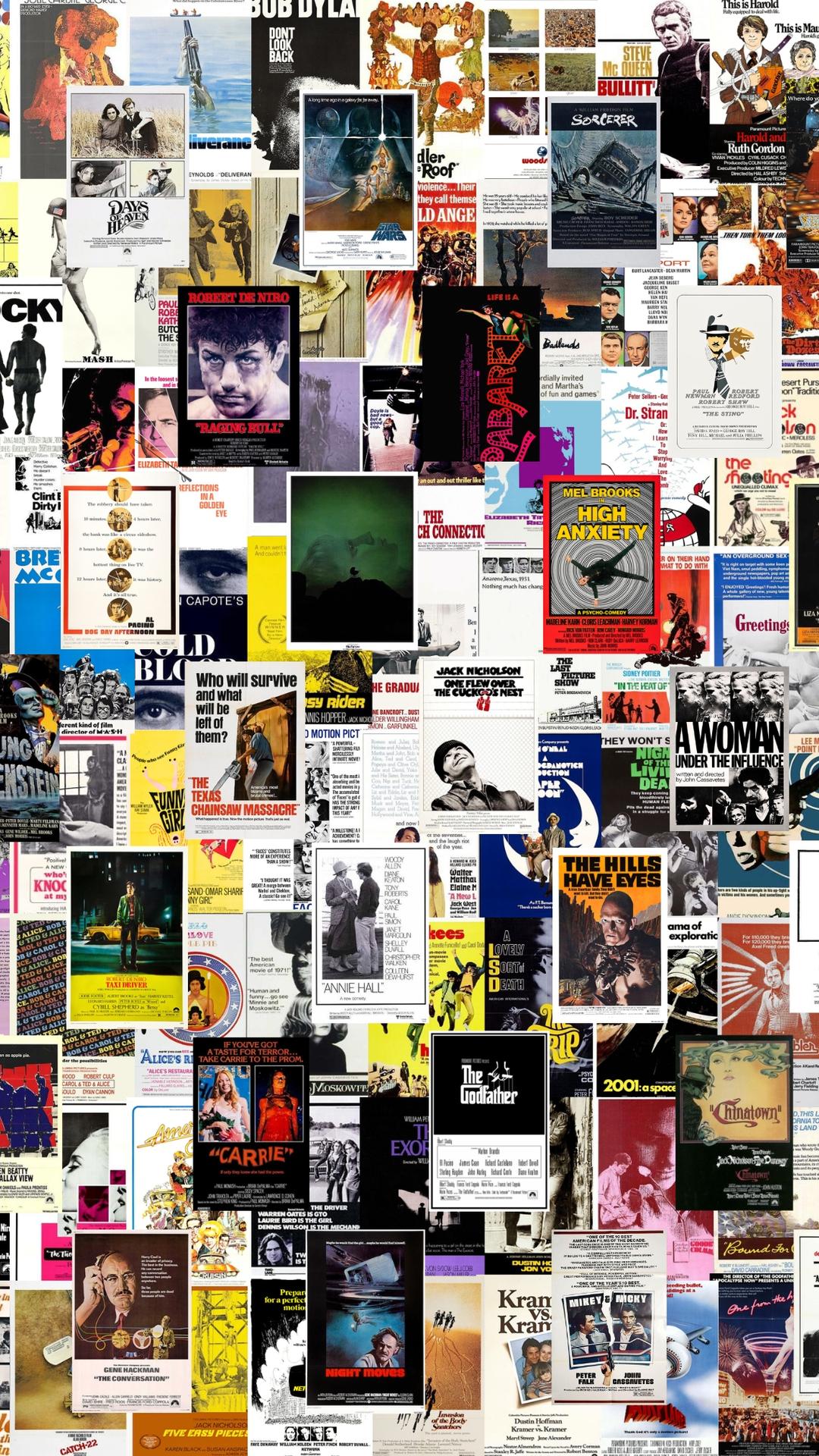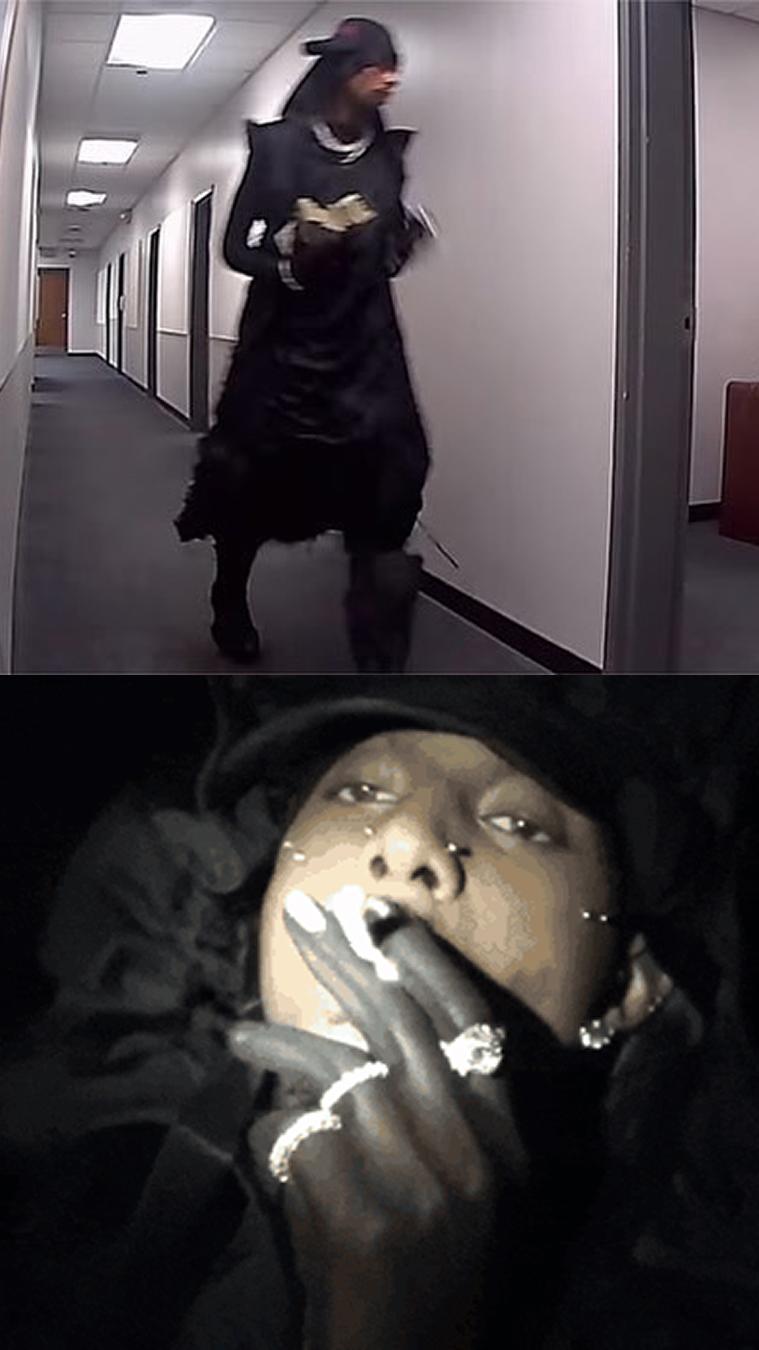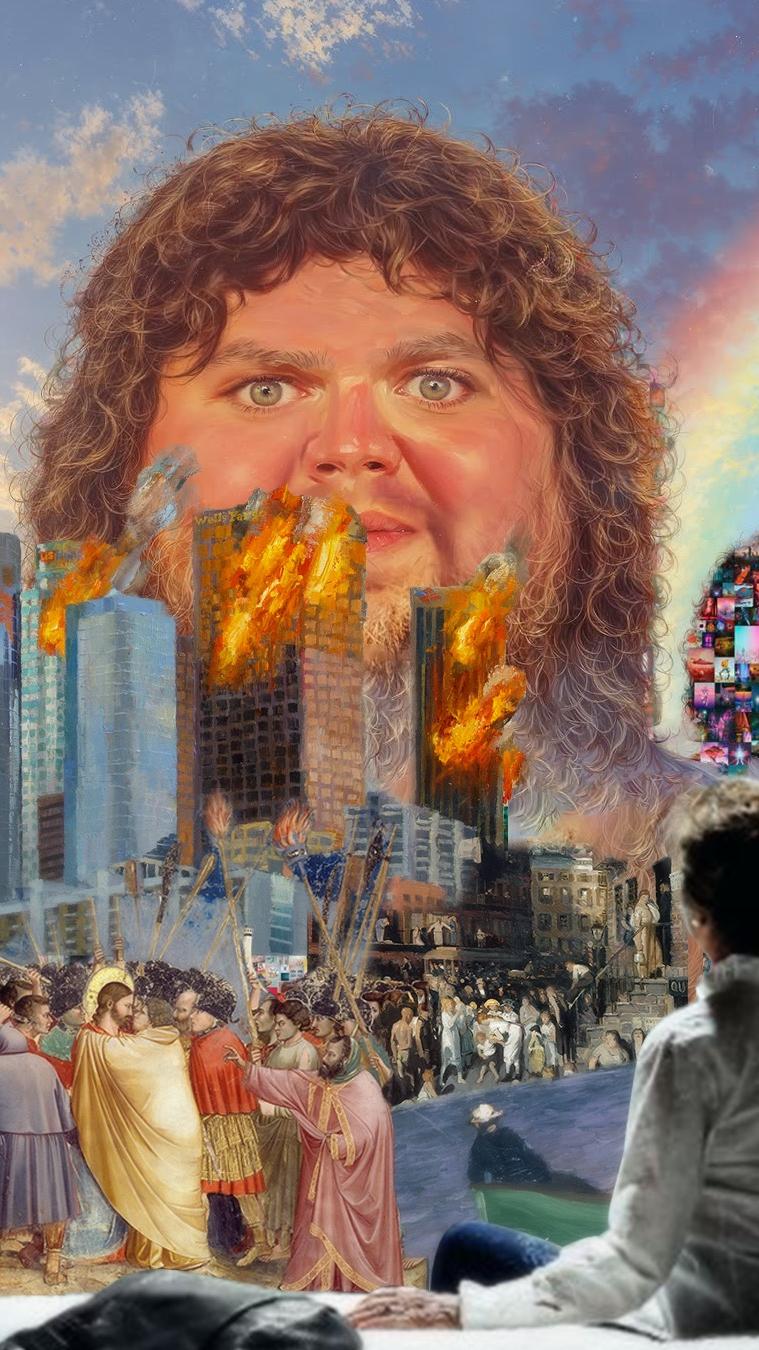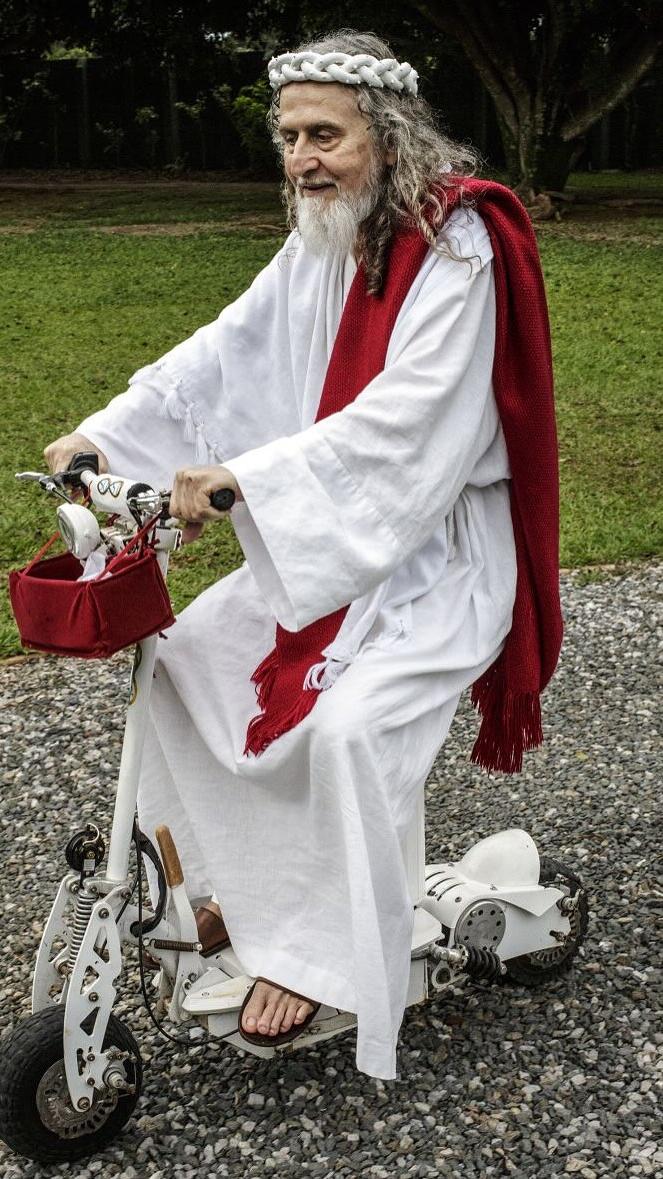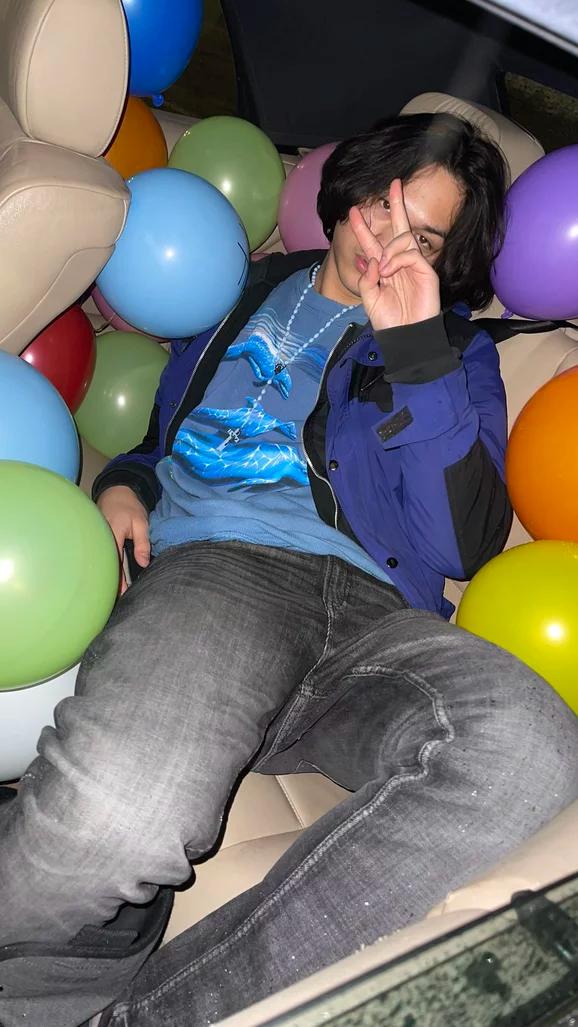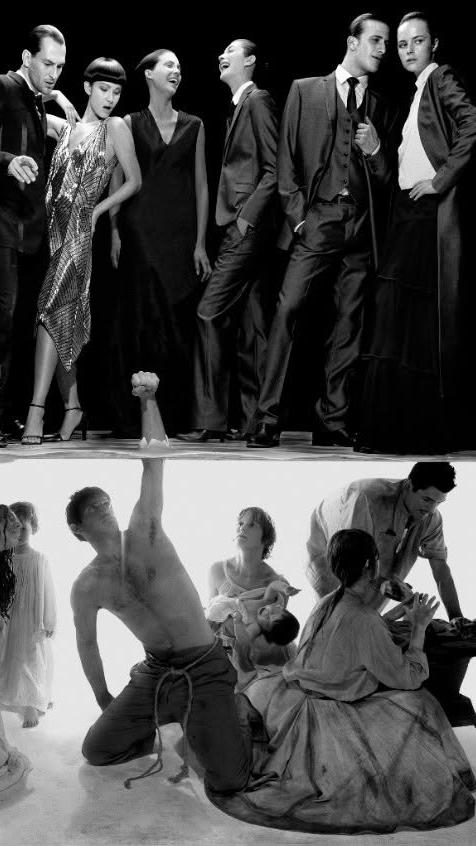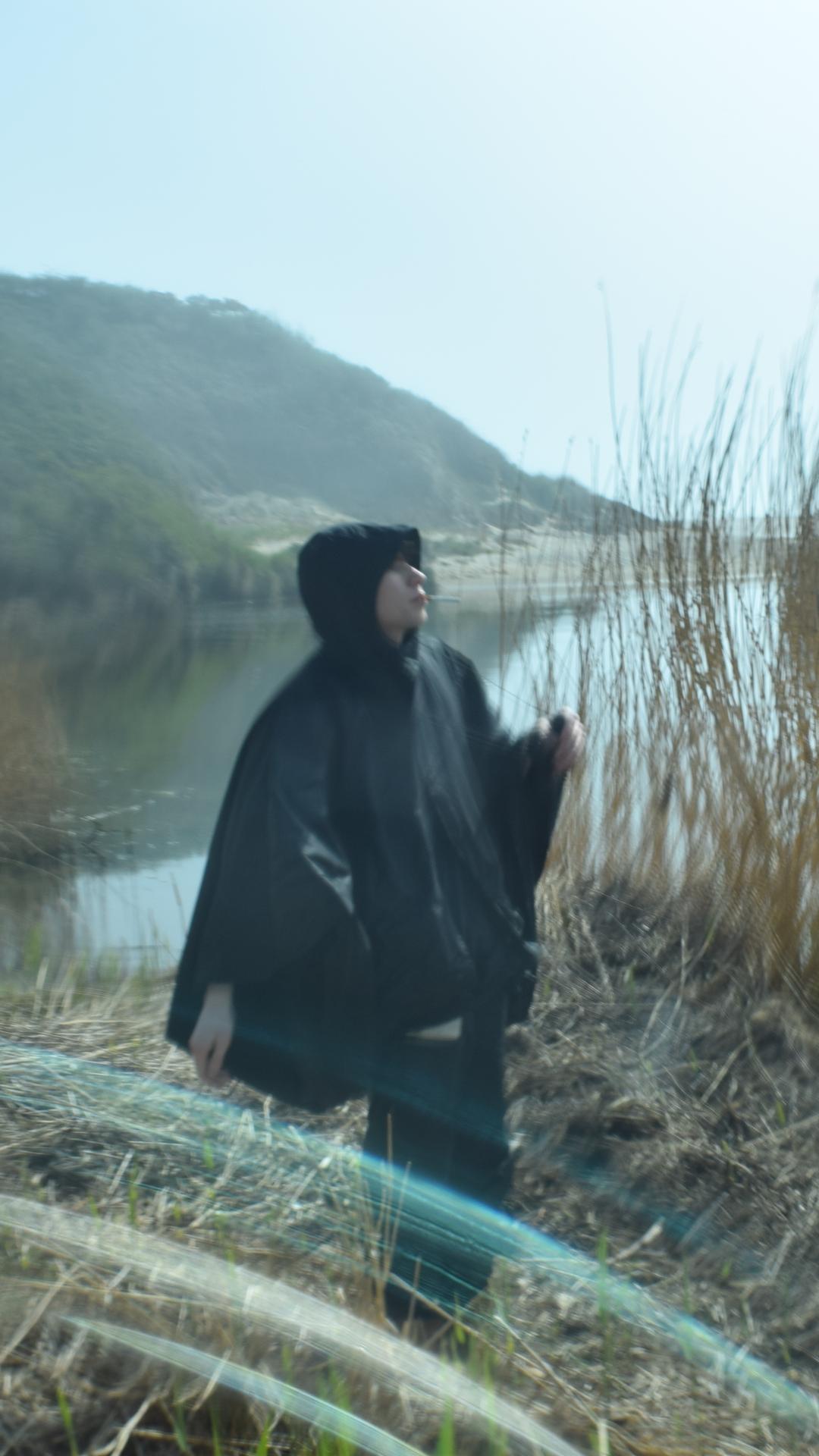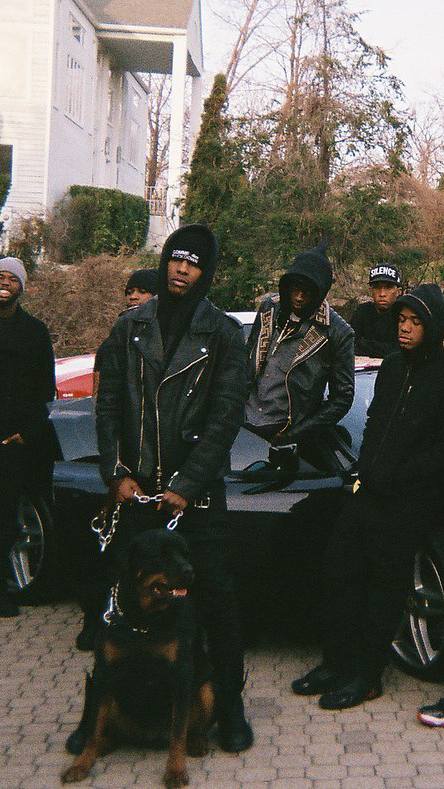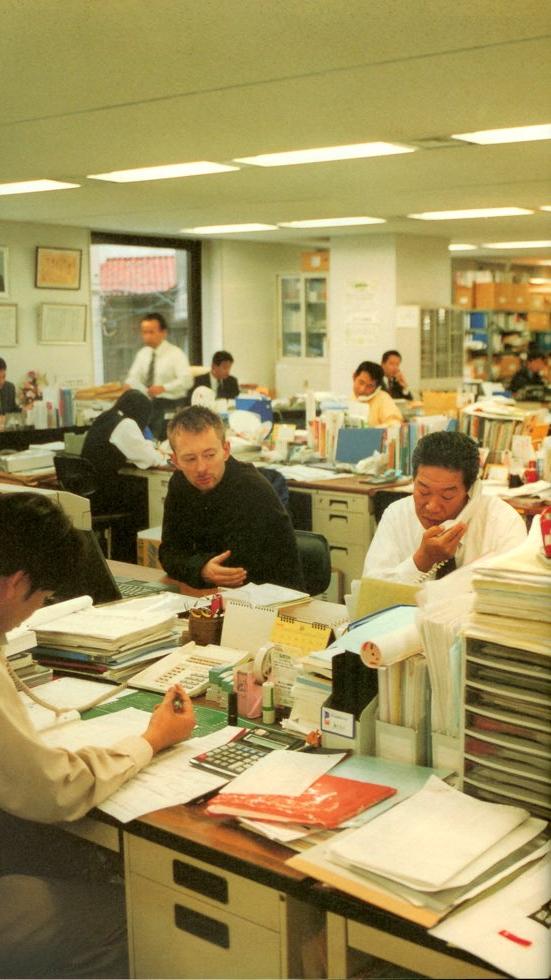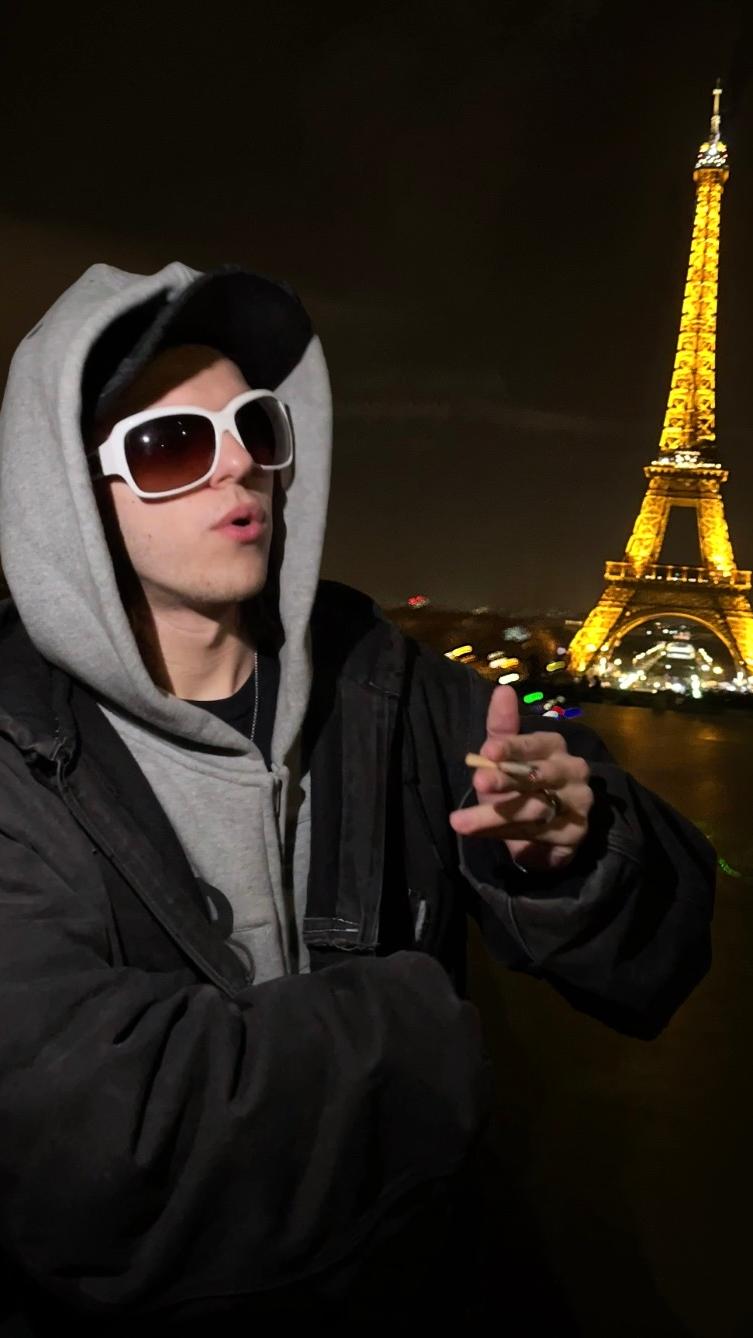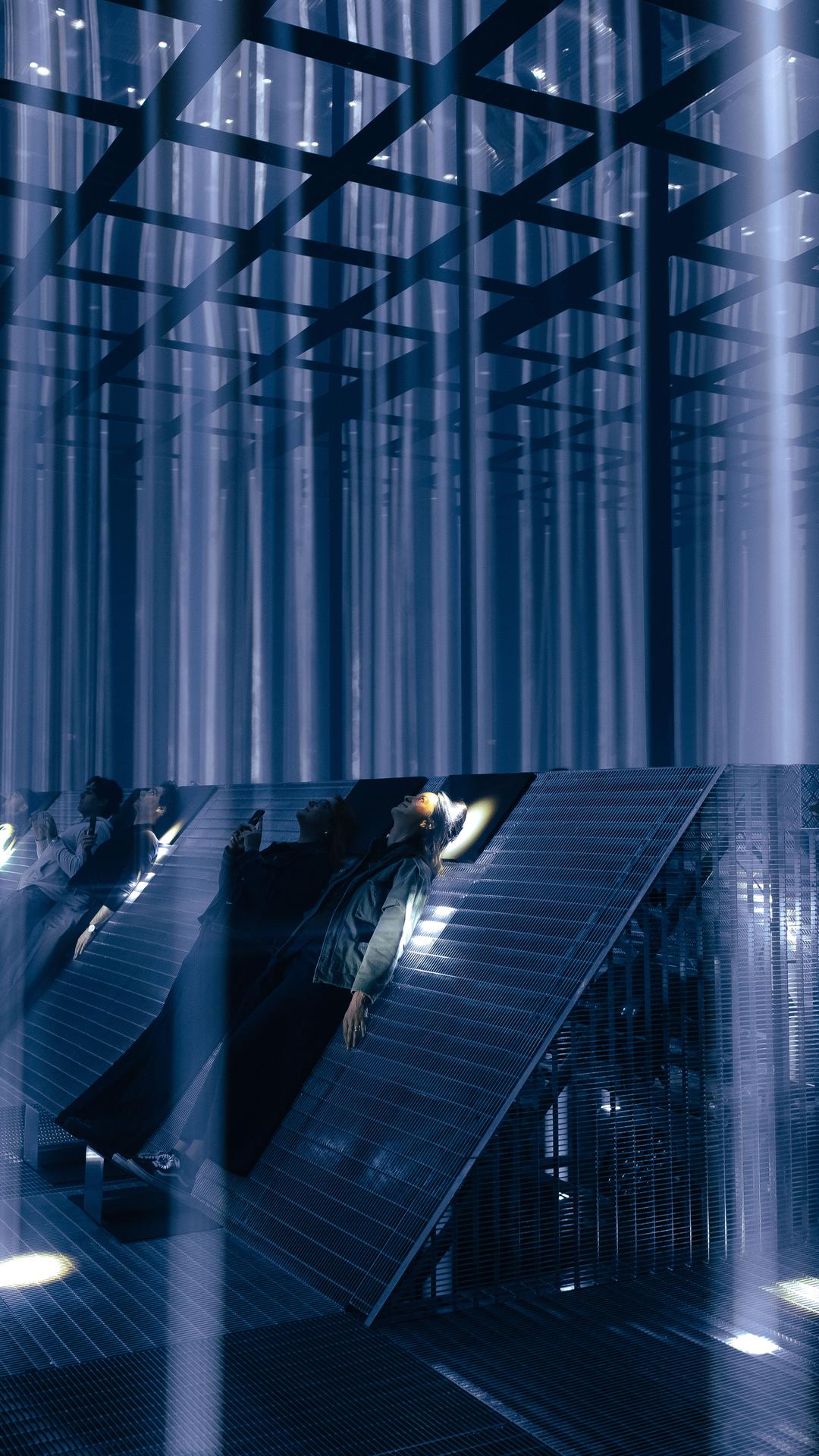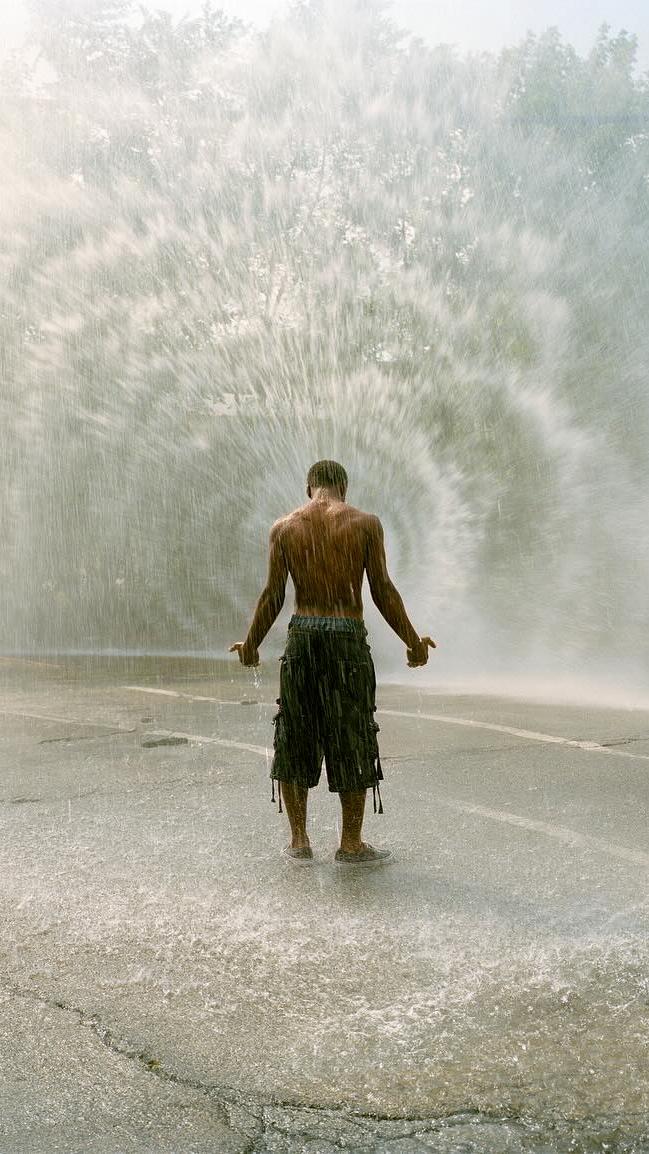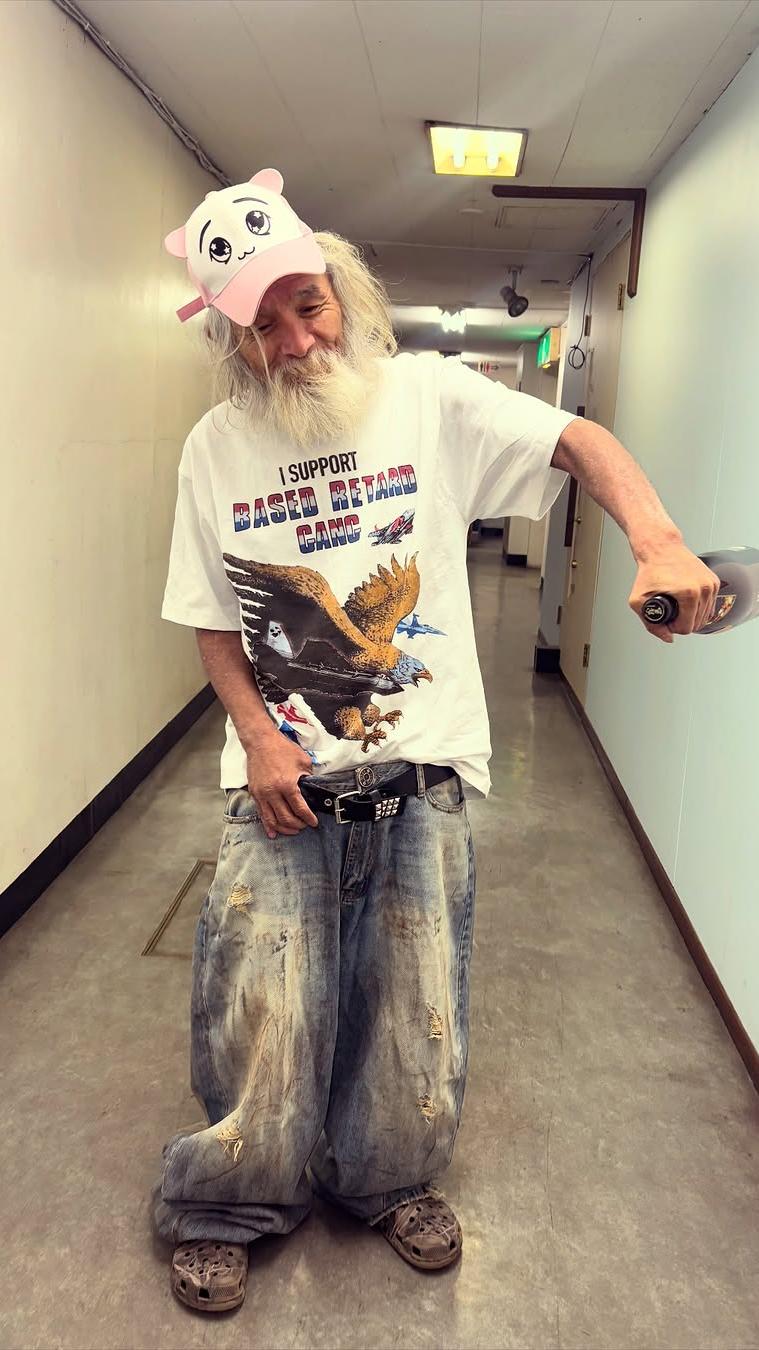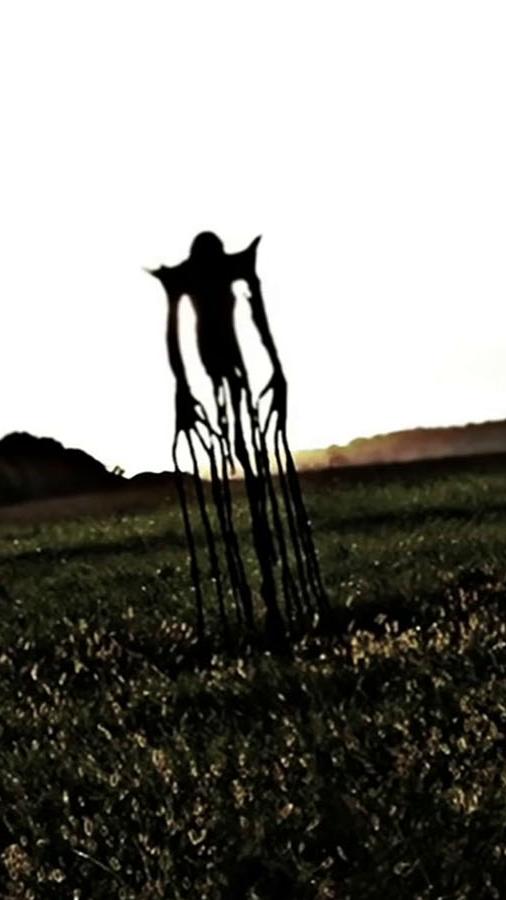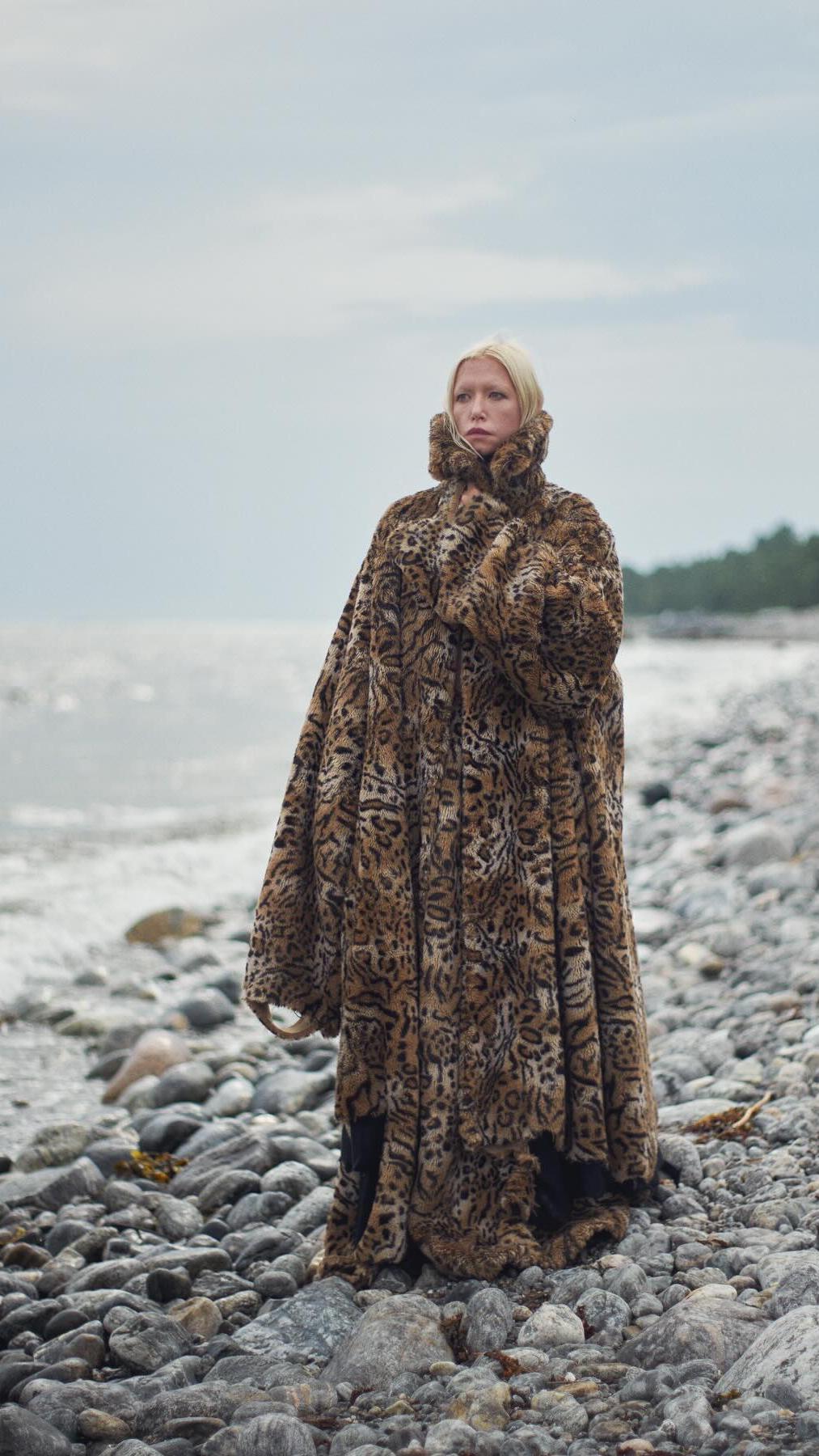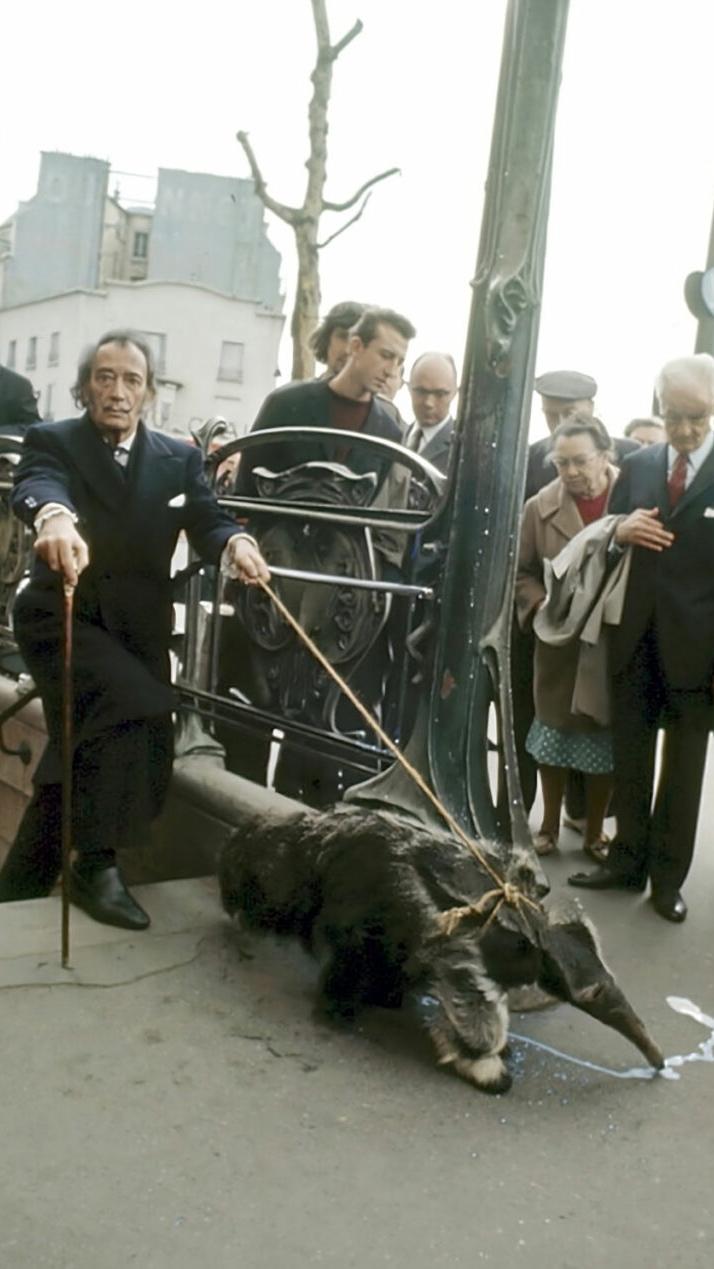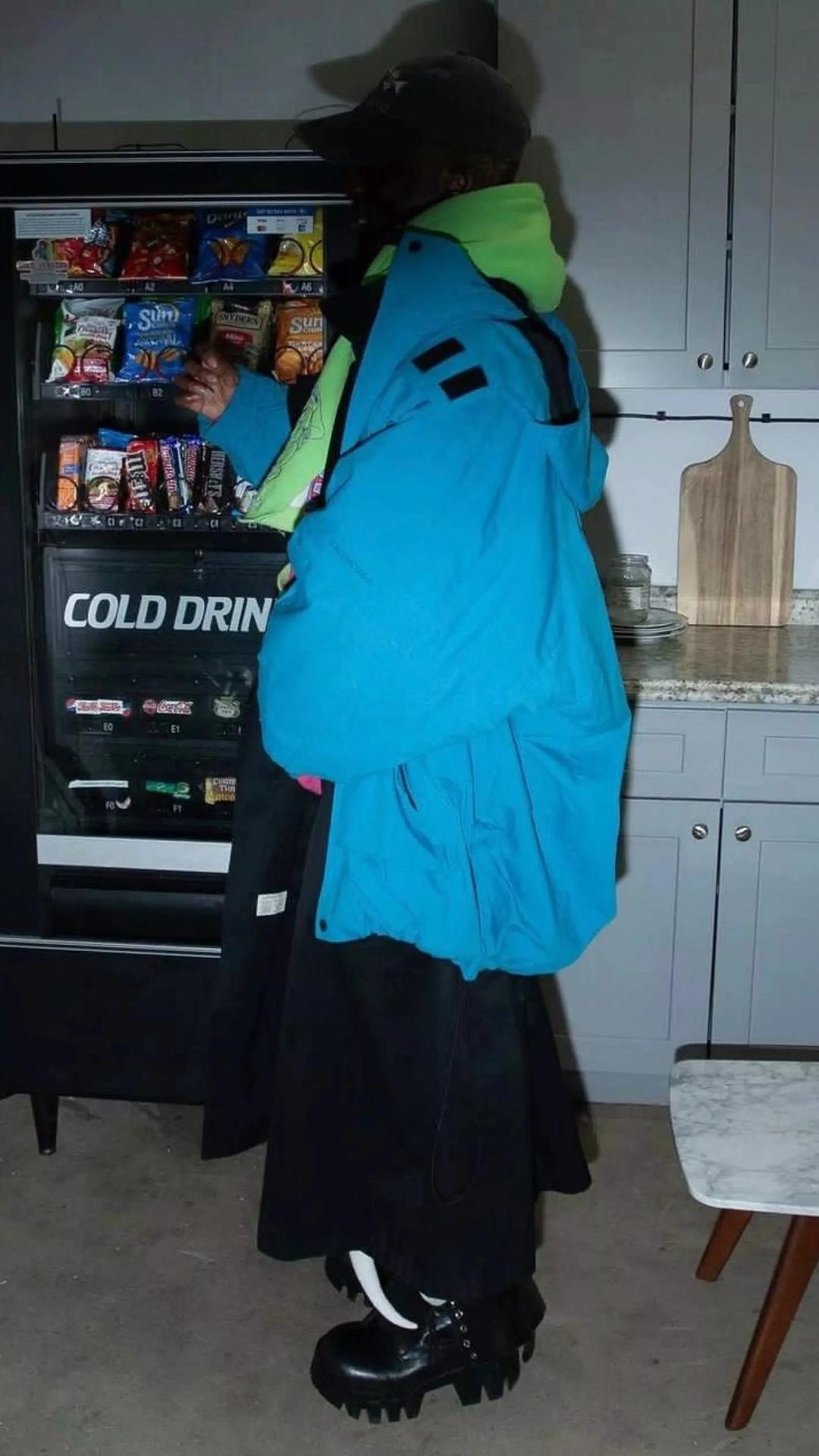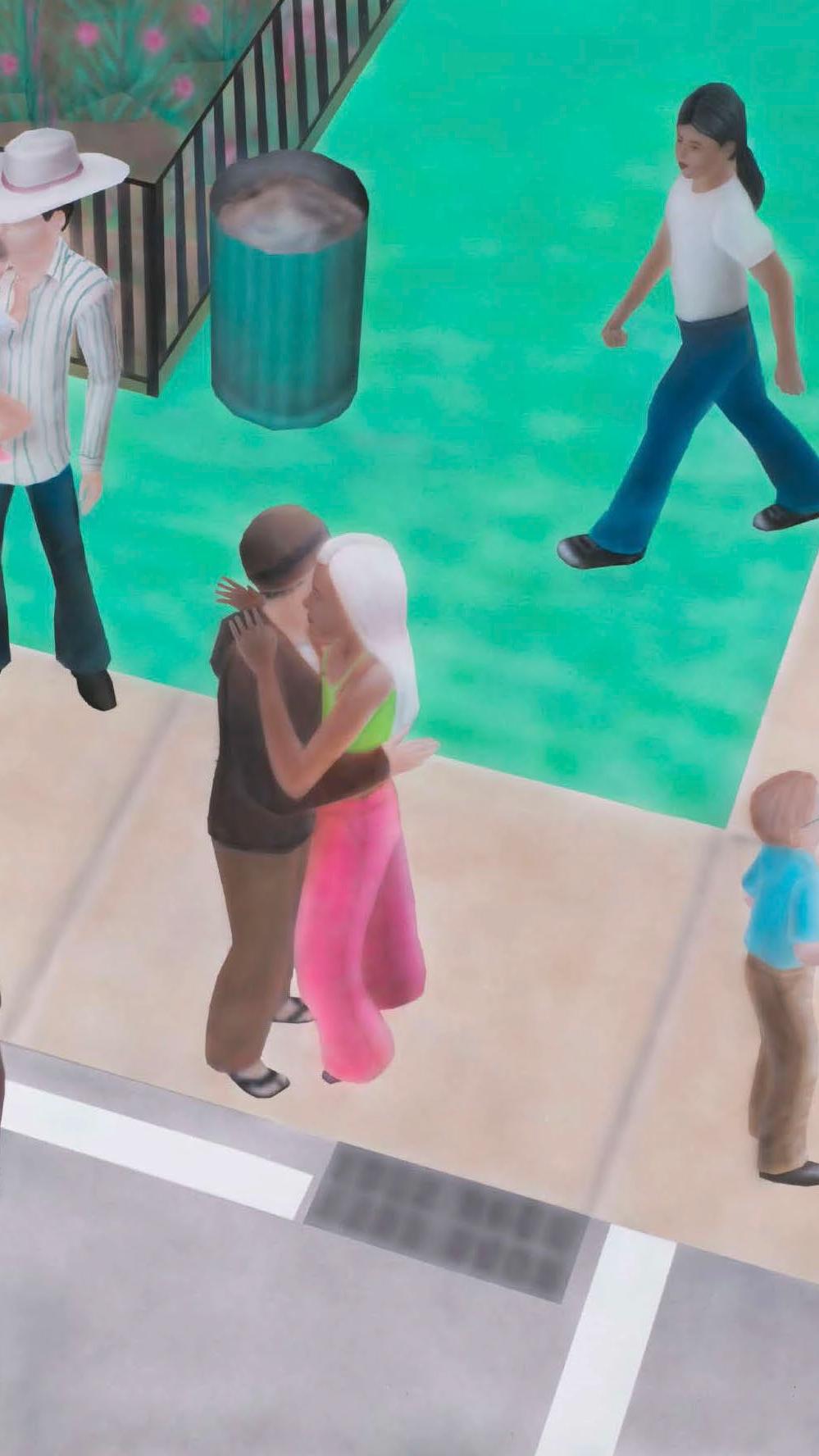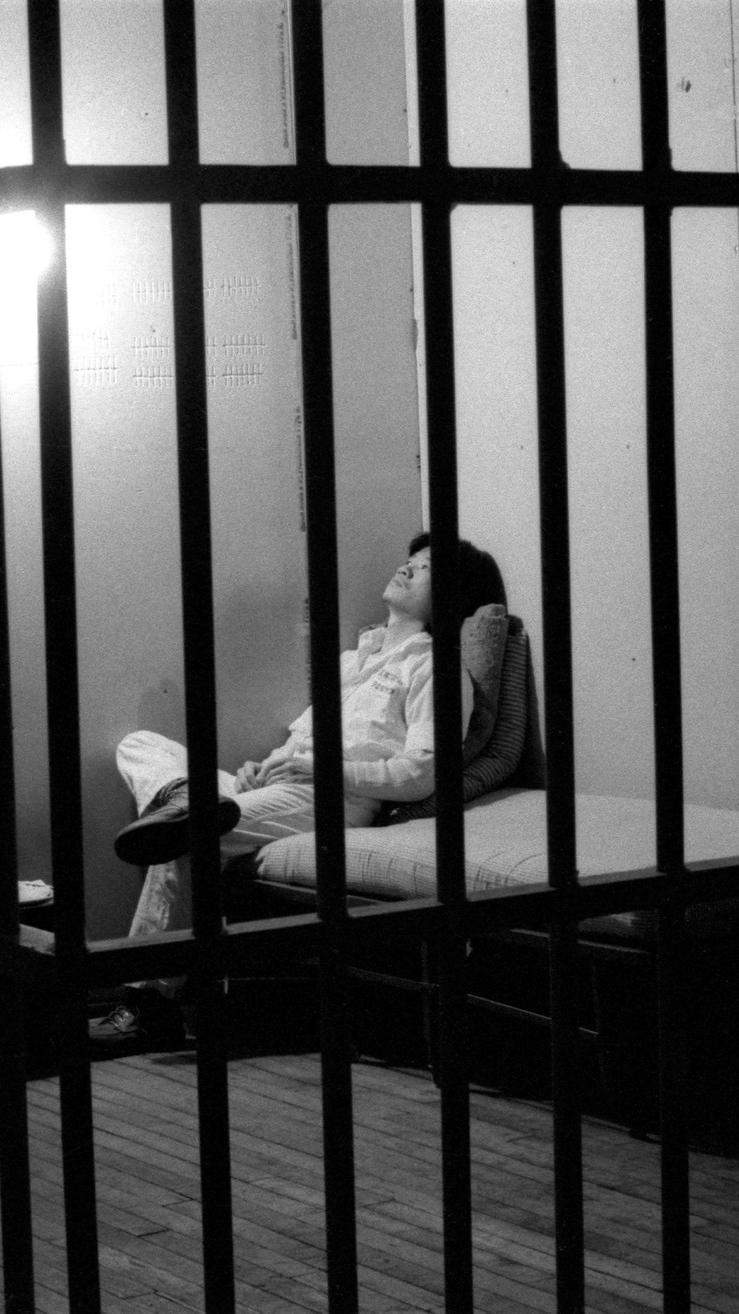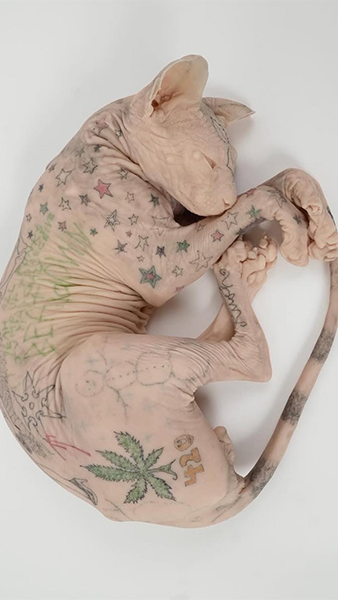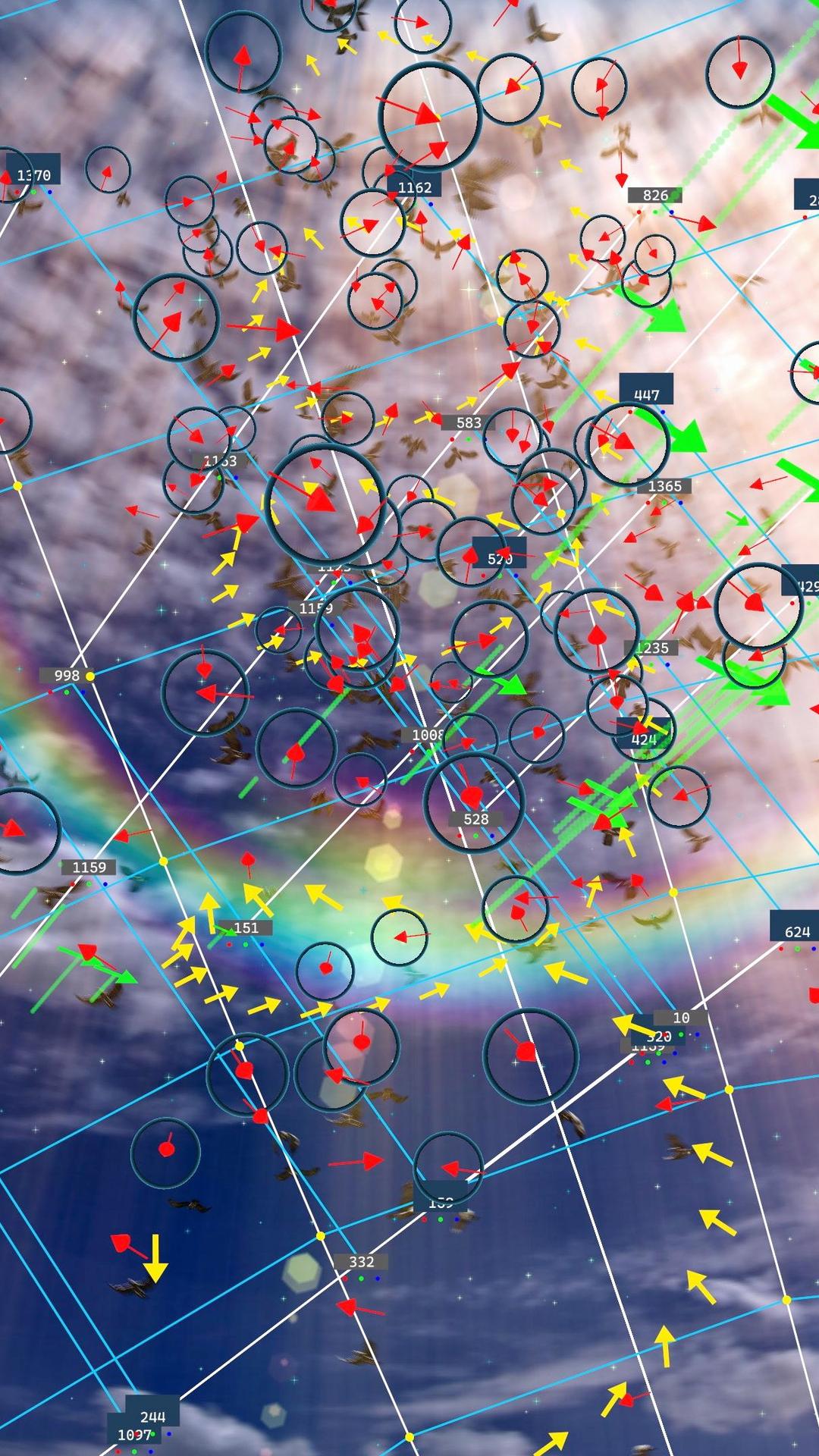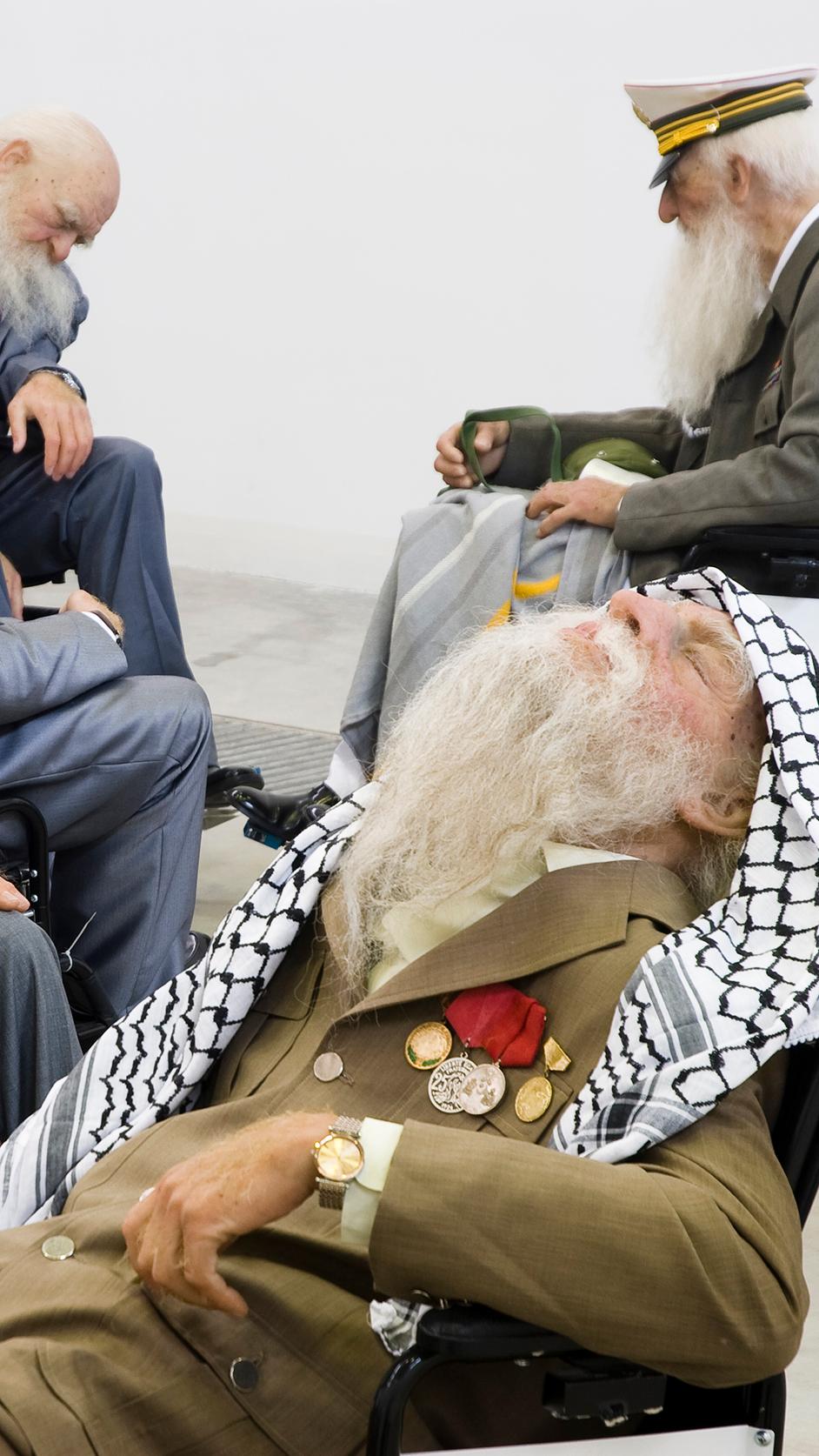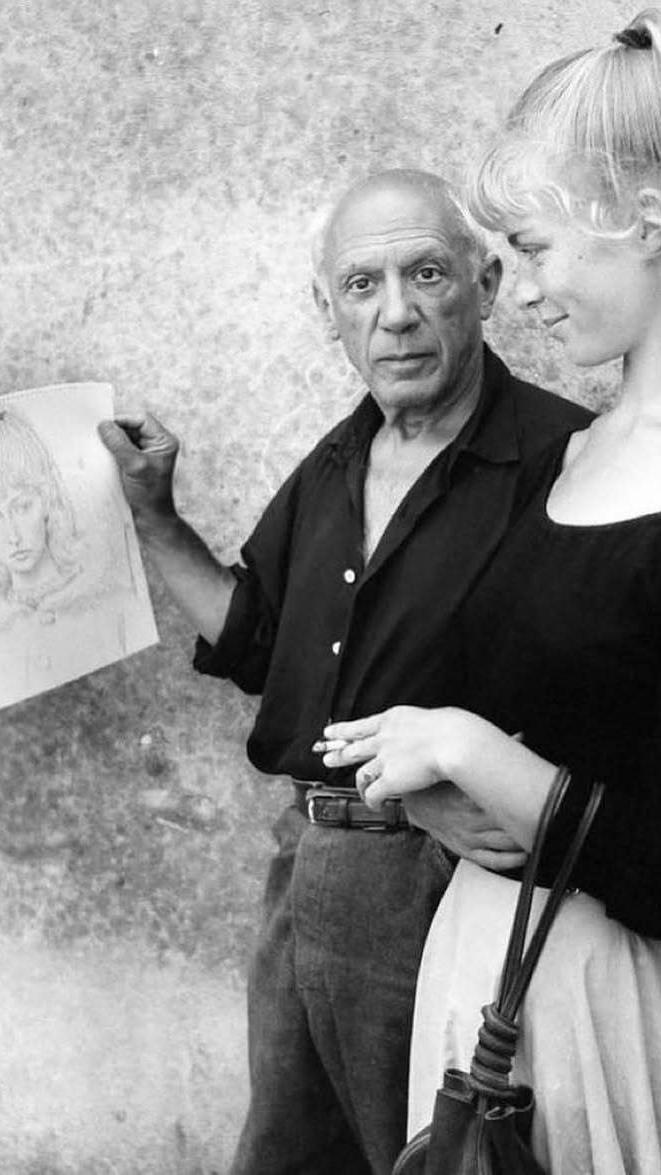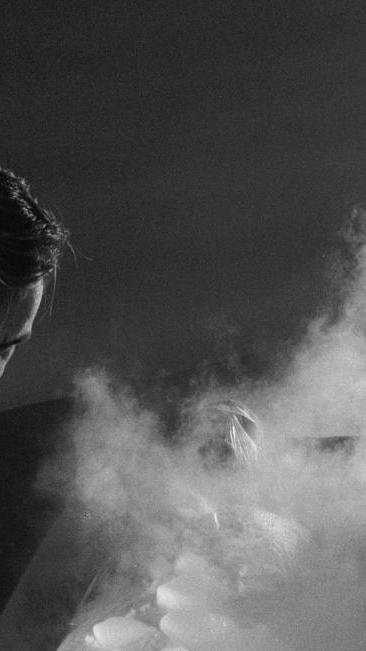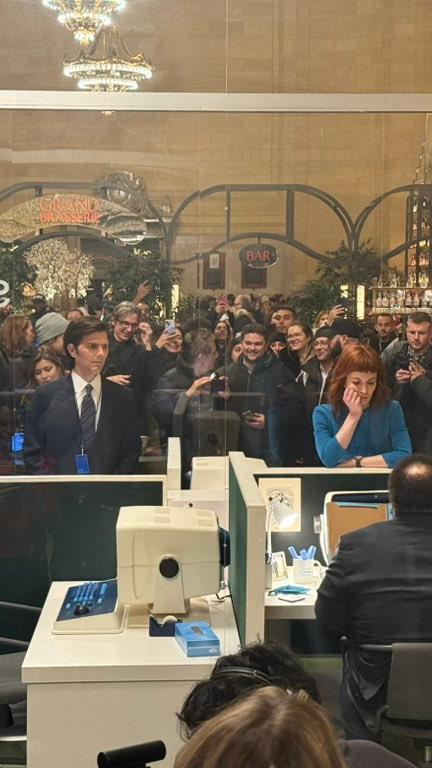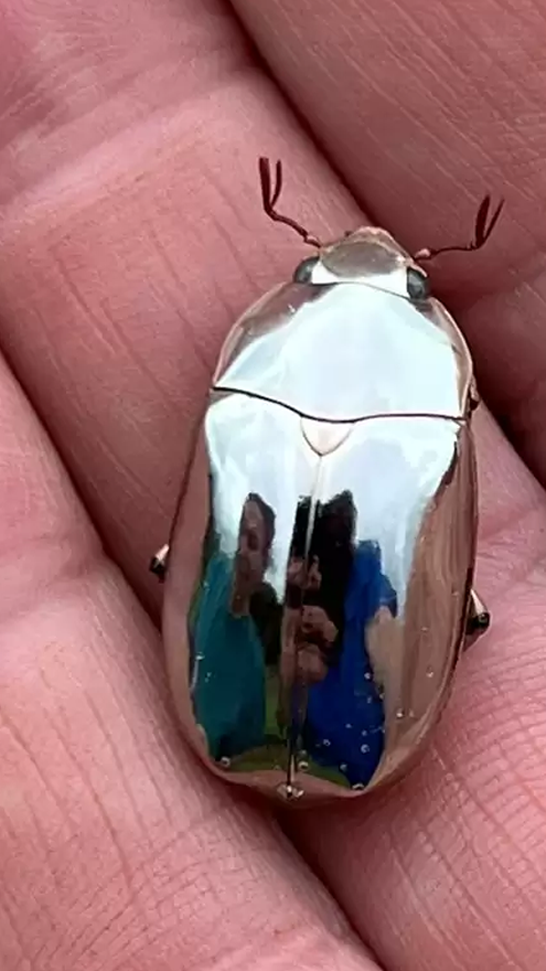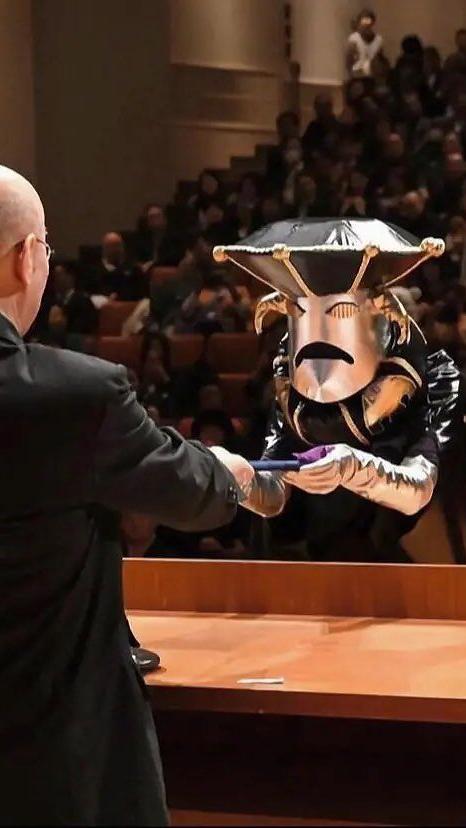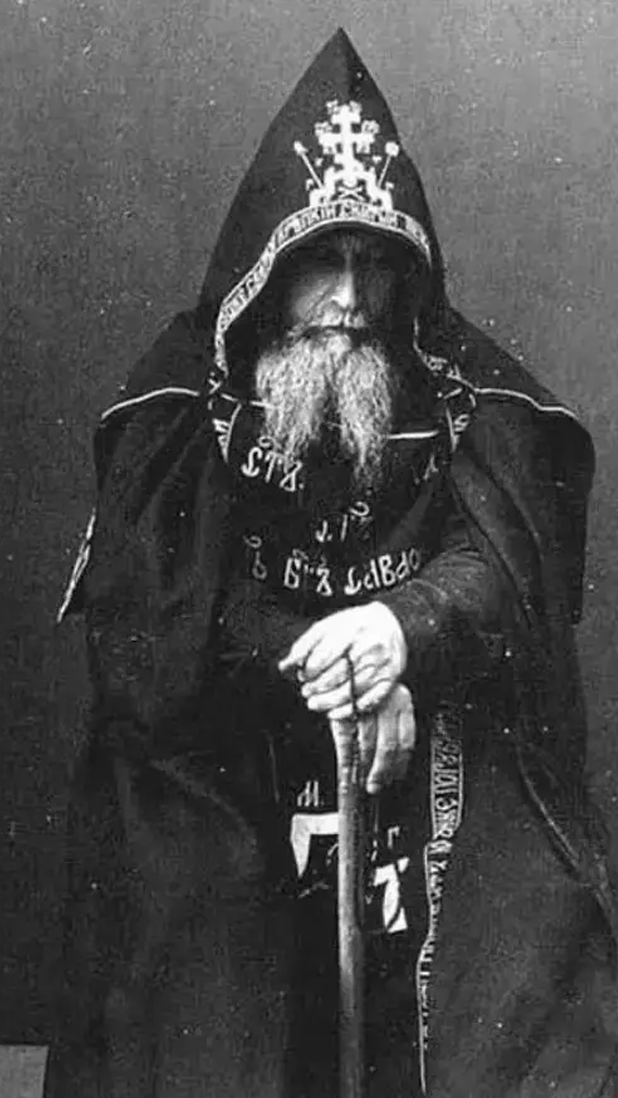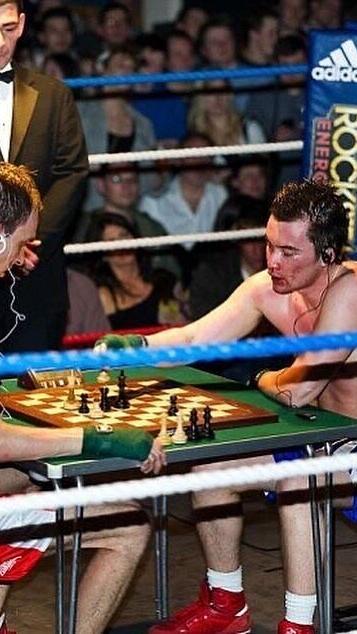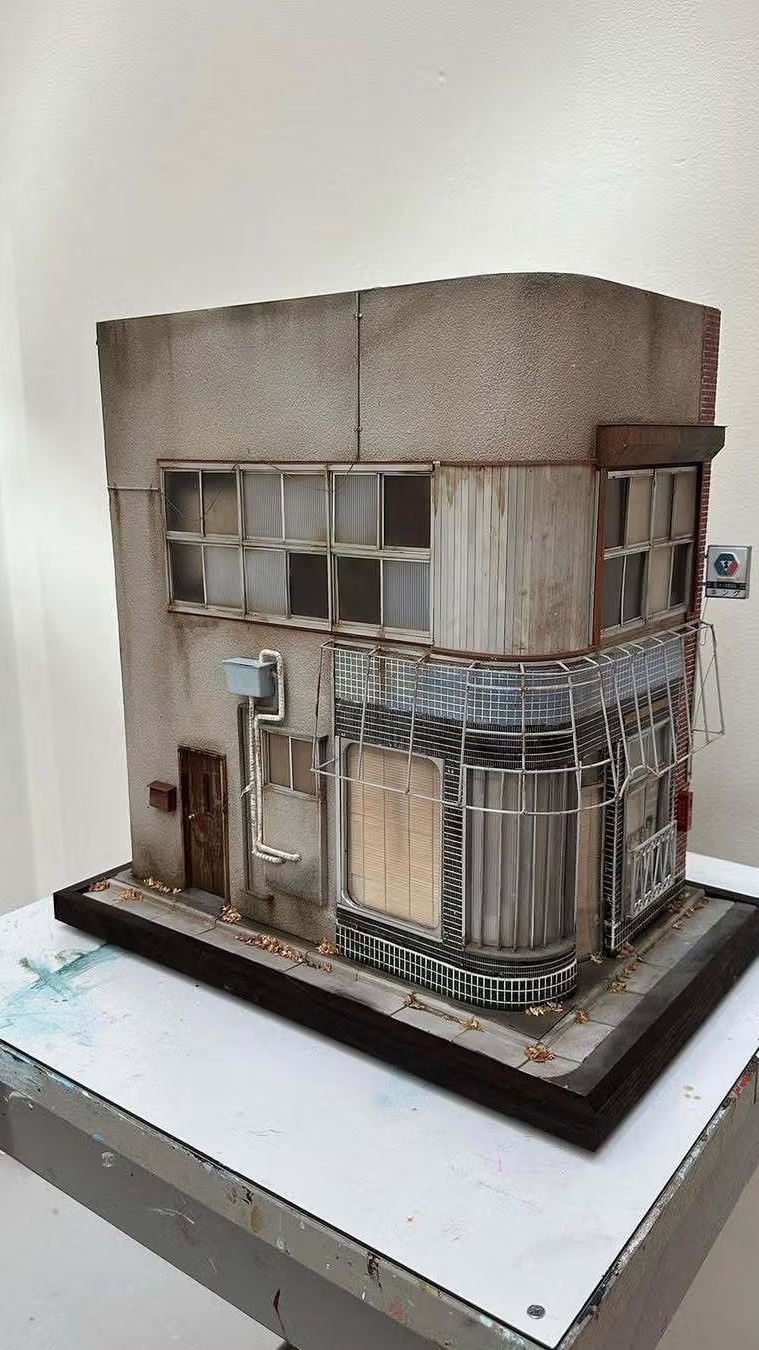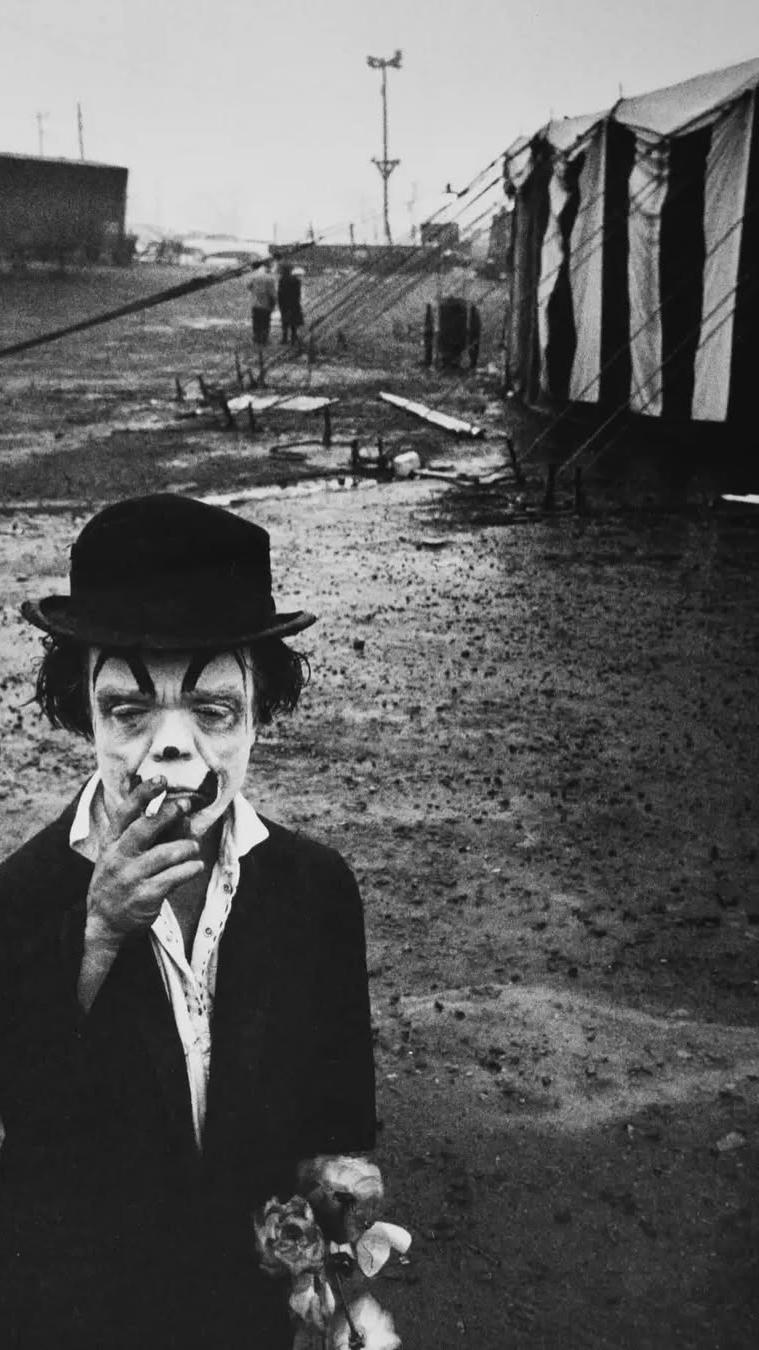Josh Harris: Internet Prophet

Our age has no shortage of tech prophets. More often than not, these people are stunningly wrong. Nobody, it turns out, knows what’s going to happen. Innovation is a runaway train we’re all on, its track laid by unknown forces, human desires, hubris, and fate.
So when someone gets the future right, deeply and substantively right, it’s worth noting.
Josh Harris is an internet entrepreneur, social experimentist, and one of the few people who understood how the internet was going to change our lives. His story starts with a 1984 arrival in New York, $900 in his pocket. He was there to make a mark on the tech world and did so quickly, founding two successful early-internet companies (JupiterResearch (an internet research firm) and Pseudo Programs (one of the first online television networks)) and becoming one of the first internet millionaires.
![[object Object]](https://cdn.sanity.io/images/7hyzopih/production/86757c28f68bf6a9a6ac1bb147cde8c94cdcebc0-2132x2448.jpg?auto=format&fit=max&q=75&w=1066)
Josh Harris
Harris’s eccentricities (his tendency to assume the character of a semi-verbal clown named ‘Lovey’ in particular) forced him to step back from these businesses in the late 90s. It was at this point that he developed his first major social experiment, Quiet: We Live in Public.
![[object Object]](https://cdn.sanity.io/images/7hyzopih/production/7420a37c47991855974d5a8baa2e58f30753b62f-500x374.jpg?auto=format&fit=max&q=75&w=250)
His clown character before starting his experiments.
Quiet was designed to test Harris’s theories about technology and human life. He believed we would willingly surrender our privacy and freedom in the internet age, become voyeurs constrained to digital pods whose constant surveillance we would accept in the name of entertainment. “Lions and tigers were kings of the jungle, and then one day they wound up in zoos,” Harris said. “I suspect we’re on the same track.”
![[object Object]](https://cdn.sanity.io/images/7hyzopih/production/fa2a31fd14d32e335758867191d397caa245d0f6-1000x667.jpg?auto=format&fit=max&q=75&w=500)
Still from We Live In Public courtesy of Interloper Films
For Quiet, Harris converted an underground bunker into a micro-society: there was a mess hall, a church, a gun range, a cocktail bar, a brightly lit interrogation room where participants could be questioned by a ‘psychologist,’ and barracks-style sleeping quarters lined with rows of bunks, or ‘pods’, each equipped with its own television.
![[object Object]](https://cdn.sanity.io/images/7hyzopih/production/44fd47d16fad0f856ffccf4982b19bf8aa2f16f6-1000x667.png?auto=format&fit=max&q=75&w=500)
Still from We Live In Public courtesy of Interloper Films
Throughout the bunker Harris installed over 100 cameras and hired additional crew to film dynamically. This footage was streamed to the televisions in each pod, and to additional screens in communal areas. Each camera was a different channel, meaning that residents could click through different views of their peers’ every action. Conversely, when moving about the bunker themselves, they were aware of being monitored.
![[object Object]](https://cdn.sanity.io/images/7hyzopih/production/8b05f0d62c8833f6beb707cf3fa3d5fa641f9416-1000x667.png?auto=format&fit=max&q=75&w=500)
Still from We Live In Public
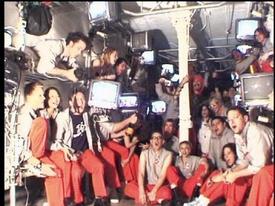
Getting people to participate in the experiment was easy once Harris decided to make everything free, from food to booze to ammo at the gun range. “Except your image,” he clarified. “That we own.” This, of course, is the business model of many digital platforms today. Richard Serra said it best: “If it’s free, you’re the product.” Almost 150 participants signed up.
![[object Object]](https://cdn.sanity.io/images/7hyzopih/production/9f32a28e1ef6c6a1a396e37d8eee3d2e15c99fa9-1000x667.jpg?auto=format&fit=max&q=75&w=500)
Still from We Live In Public courtesy of Interloper Films
Today, this experiment feels heavy-handed. But at the time, Harris’s vision of the internet’s impact was so novel that his participants didn’t even register that it was a prediction. They were also completely unprepared for the effects of living beneath a lens whose glossy surface represents the eyes of your peers.

Initially, it was a grand party. Folks got drunk, ate their fill, socialized, hooked up, made faces into the camera, and shot guns. There remained a superficial commitment to privacy; people changed behind towels and didn’t share showers. Some participants enjoyed sitting in their pods and watching the footage of their surroundings, but most were out and active.
![[object Object]](https://cdn.sanity.io/images/7hyzopih/production/1e4ac8e448e9447ecd944f9db2dc64fe6ebd35f9-1000x666.jpg?auto=format&fit=max&q=75&w=500)
Photography by: Tom Keelan
But as the experiment wore on, the participants' behavior became erratic. People began to behave uncharacteristically in front of the camera. Conflicts became fights. A participant trained a gun at one of the cameramen and, with a wild smile, threatened to shoot. Nobody balked at changing in the open. More time was spent in the pods.
![[object Object]](https://cdn.sanity.io/images/7hyzopih/production/f429bb839a5e73a15187d1158c3ec161dfb0aa9f-700x557.jpg?auto=format&fit=max&q=75&w=350)
Still from We Live In Public
Periodically, participants would be pulled into the interrogation room and questioned about their behavior, or asked to perform strange tasks. For the most part, they did so willingly. One participant reported a curious sensation of completely losing touch with his real self, which had been replaced by a virtual sense of how his recorded self was coming off on video.
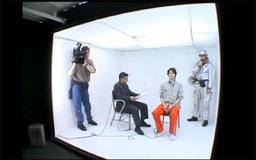
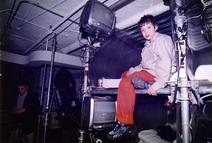
When the police showed up on the first day of the new millennium and ended Quiet, Harris had already begun to ideate on his next experiment. This time, he would be the lab rat. Simply titled, We Live in Public, the concept will again seem mundane to us today, but was at the time entirely unprecedented. He would stream his life on the internet, where it would be viewable on site with a real-time chat box and a live viewer count, quite literally the equivalent of a Twitch stream.
![[object Object]](https://cdn.sanity.io/images/7hyzopih/production/53555da8120f9d4c720c87006c190eb78631e840-460x276.heif?auto=format&fit=max&q=75&w=230)
Photography by:David Rentas
He set up cameras covering every inch of his apartment, where he lived with his girlfriend Tanya Corrin. First it was fun, even thrilling. They enjoyed interacting with the viewers, responding to their comments live into the camera. Over time, this connection to the audience would become a problem. The disembodied usernames took sides in their fights, made cruel comments, or, worst of all, logged off. At one point, Harris accused the audience of having put Corrin up to making an ultimatum.
![[object Object]](https://cdn.sanity.io/images/7hyzopih/production/5a249d98fe1a3b2916ab2bec6b039c9a0d909c19-1236x744.png?auto=format&fit=max&q=75&w=618)
Photograph by:David Rentas
Lack of privacy wore on the relationship. Reconciling in private is hard enough. Doing so in front of hundreds of invisible viewers was not possible, and they split after 80 days. When Corrin left, the view count dropped dramatically, and Harris fell into a deep depression. He quit the project, left the city, then the country. He moved to an apple orchard, and then Ethiopia.
![[object Object]](https://cdn.sanity.io/images/7hyzopih/production/3ab66caf44b20513cfc6780991310942a415ae19-1000x666.jpg?auto=format&fit=max&q=75&w=500)
Photography by : Tom Keelan
It’s easy, now that we live in the world Harris predicted, to minimize the insight. Yes, he predicted Twitch, and lifestyle content, and hours in a bedroom scrolling through influencer reels.
But his experiments suggest something much darker that we still haven’t come to grips with. Harris’s point was not about strained attention, overstimulation, dopamine poisoning, or data harvesting, but a progressive swallowing of humanity by technology in which humans are willful participants.

What was prescient about Harris’s video panopticon was that instead of being disciplinary, it was social. People performed for the camera willingly. They watched the footage for entertainment. Today’s streaming media and lifestyle content functions the same way.
If you told someone thirty years ago that we’d all spend so much time watching video clips of each other’s lives, it would be hard for them to imagine what is so appealing about that. What they would fail to appreciate is that this mode of content and distribution feeds on human weaknesses: our needs for attention and praise, and our desire to lurk.
![[object Object]](https://cdn.sanity.io/images/7hyzopih/production/7582a7f6aaef7c3a9ce5463f67fdea1a0f0ffce0-1000x1478.jpg?auto=format&fit=max&q=75&w=500)
The poster about the 2009 documentary by Ondi Timoner named "We Live in Public" about the social experiments
Harris’s insight is that the development of technology will, via routes of deception, slowly encase us, making us dependent parasites in its virtual world. Technology will lure us further and further from life, the world, and ourselves. It will provide us with external validation, unlimited frictionless entertainment, a glimpse into the most private corners of the lives of others, and any of our fantasies realised. The cost is quiet. The cost is everything.
-





